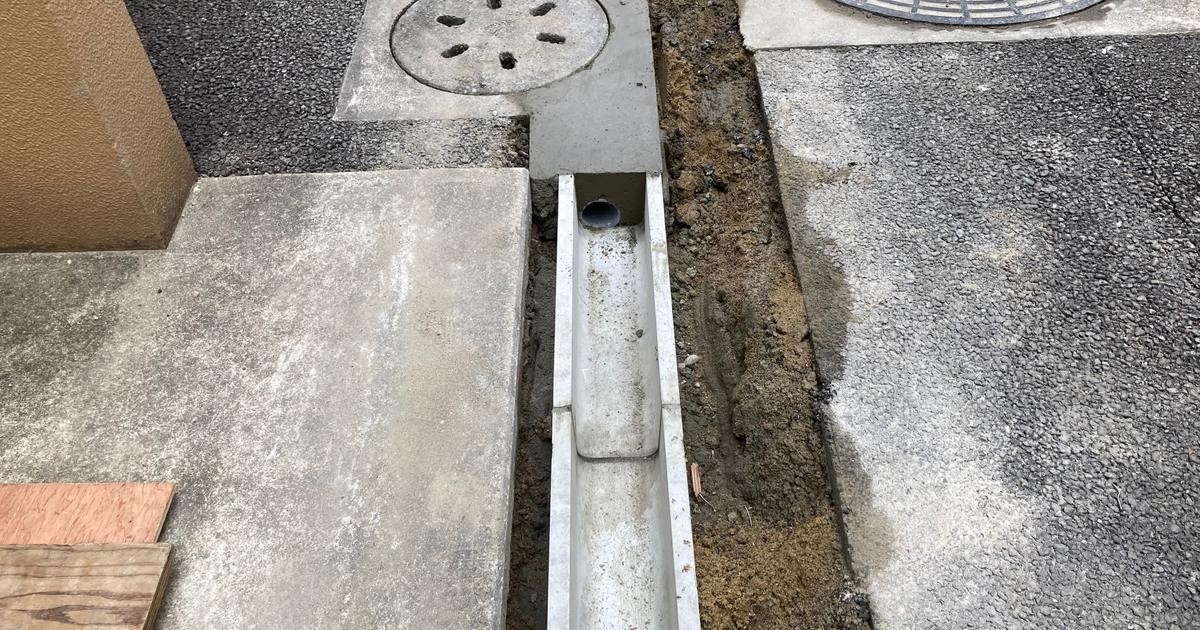Some of the bones found in the first exhumation work of the so-called Pit 702, in Jaén. JAÉN HISTORICAL MEMORY ASSOCIATION
A few minutes of archaeological excavations have been enough for the first human remains to come to light in the so-called grave 702 of the old cemetery of San Eufrasio, in the city of Jaén.
They are a few bones that, for the moment, already give an idea of what relatives of victims of the Civil War have been waiting for more than 80 years.
In what is also known as the "corralillo de los ahorcados" it is estimated that there are 1,081 victims of Franco's repression buried, although work will continue in two others: 548 and 48, where another 173 and 32 are being searched for disappeared, respectively.
"This exhumation comes late, but it is welcome, the relatives have been waiting for this moment for more than 80 years, which must be an act of justice and reparation," underlines Miguel Ángel Valdivia, president of the Association of Historical Memory of Jaén, the group who has pushed the most for this moment to come.
In his opinion, the discovery of the first human remains is something that predicts that scenes of great emotion will be experienced among the relatives of the victims.
"Unfortunately, many of those direct descendants have already died without knowing where their parents were buried," he notes.
More information
Death, hunger and humiliation: the shattered lives of 108 families of reds
In a first phase, the tasks carried out by archaeologists from the University Institute for Research in Iberian Archaeology, based at the University of Jaén, focus on the delimitation, through archaeological excavations, of two mass graves: 702 and 484. The first of these, the largest in the province of Jaén, was in force until 1948, the year in which, according to historians, the last maqui and anti-Francoist guerrilla of the many who hid in the Sierra mountains was buried. Morena at the end of the Civil War.
In the case of pit 484, it is a matter of resuming work that began 11 years ago and was interrupted due to lack of budget.
On this occasion, the Secretary of State for Democratic Memory of the Ministry of the Presidency has released 507,813.46 euros in Andalusia for six projects of investigation, investigation, location, exhumation and dignity of mass graves of victims of reprisals during the Civil War.
The two largest projects are those of Pico Reja, in Seville, and that of the San Rafael cemetery, in Córdoba, both more advanced than those of Jaén.
In addition, another line of investigation focuses on the location of a third grave, 548, where it is believed that the main republican leaders of the province were buried when the Civil War broke out.
Under the three abysses, 1,286 victims of reprisals wait to be identified by their relatives.
This is the case of Dolores García-Negrete Ruiz, one of the symbols of the republican struggle since the presidency of the Association of Anti-Francoist Women of Jaén.
On March 1, 1940, García-Negrete was shot on the walls of the San Eufrasio cemetery in the capital of Jaén.
The archaeological delimitation work, which must be completed before the end of the year, will give way to the exhumation of the graves.
Before, yes, it is necessary to sign an agreement between the four Administrations that are going to finance these works: Central Government, Junta de Andalucía, Provincial Council and Jaén City Council.
The wait has been so long and so much expectation has been generated by the exhumation work that many relatives are already stocking up on DNA kits, provided by the Anatomical Institute of the Andalusian Government, to proceed with the identification of the victims.
In 2018, the update of the Map of Mass Graves of Andalusia documented 702 of these enclaves of repression in the Civil War and the Franco dictatorship throughout the Andalusian community, 27 of them in the province of Jaén.
Six of those graves are in the old cemetery of San Eufrasio, but none has buried as much pain and cruelty as grave 702.
Three years ago, the symbolic pit 702 was vandalized.
Some graffiti on the chasm that have been repeated with some frequency afterwards.
Before, in 1985, an earth movement brought out hundreds of corpses.
Years later, a 132-square-meter marble platform was built, a kind of mausoleum that every November 1 hosts the homage of the relatives of the reprisals of the Franco regime.
Subscribe to continue reading
read without limits
Keep reading
I'm already a subscriber

/cloudfront-eu-central-1.images.arcpublishing.com/prisa/NS3DF627DNGA5NQ23TDOCOHZBQ.jpg)







